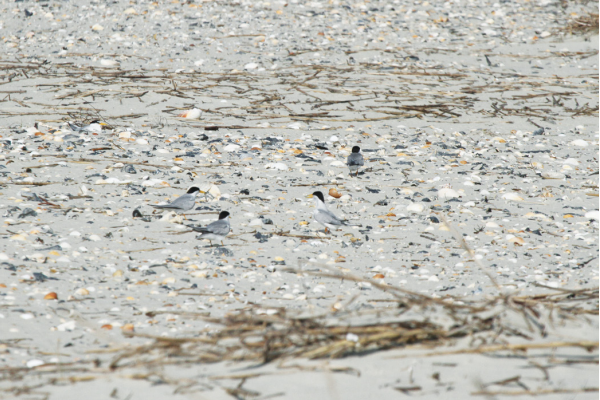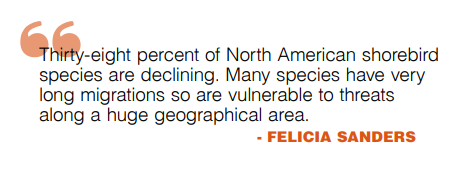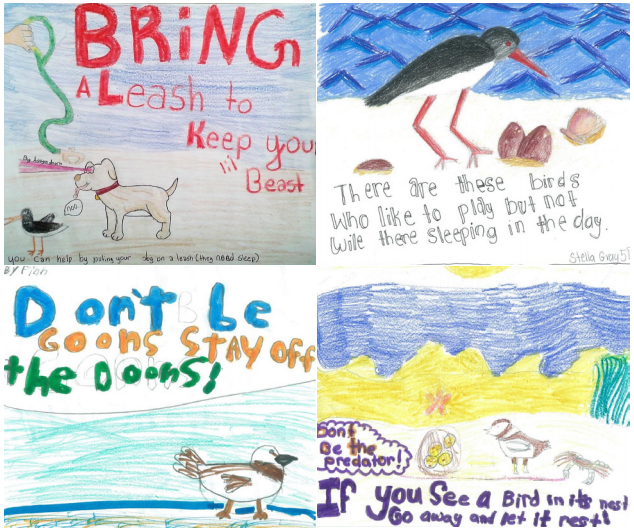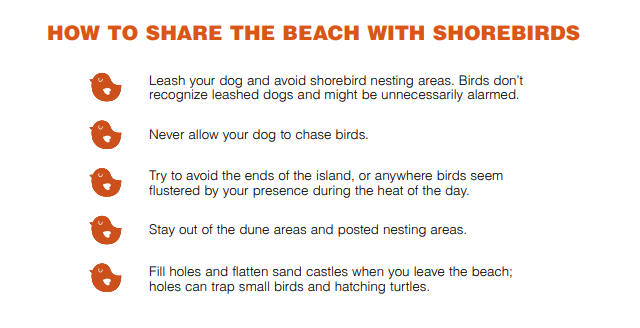Do You See Shorebirds On The Seashore?
Many species of shorebirds lay their eggs and raise their young in plain sight, right on the beach. Learn how to help these fragile fledglings who share our island homes. Photos and story by Judy Drew Fairchild
Tucked into the dunes and swales of South Carolina’s beaches, there are several species of nesting birds that hide their nests in plain sight. Least Terns, Wilson’s Plovers, American Oystercatchers and willets are just a handful of shorebirds that make their nests right on the sand.
On Dewees Island, a private residential island north of Isle of Palms accessible only by boat, the community has set aside protected areas for these fragile populations and made it a community mission to educate its residents about them. Their hard work has paid of and this summer, after years of trying to attract populations of Least Terns back to the island, island birders were thrilled to find a sizeable colony of least terns. On an overwashed section of beach on the far north of the island last May, a turtle team walker was startled by a Least Tern zooming overhead, dive-bombing her as she made her way along the beach looking for turtle nests. At first glance, all she saw was sand, broken by sparse vegetation and bits of shell debris. Ten she looked more closely: Dozens of terns waited patiently on nests, sheltering eggs or chicks from the heat of the sun and predators.
There are at least 11 baby and adult Least Terns in this picture. Can you spot them all?
Least Terns, Sterna antelabrum, are colony nesters, and tend to nest in large groups. Their black caps and grey wings blend perfectly with the shell surroundings, rendering them almost invisible in plain sight. Their mates bring them tiny fish from the tidepools and fiercely dissuade people from walking anywhere near the colonies. The nests, mere scrapes of sand and shells right on the beach, are actively protected by the adult birds, but it’s hard to convey the sheer scope of dangers facing beach nesting species. Crabs, raccoons, dogs, beachcombers—all are potential dangers to the hatchlings. If they think their nest is threatened, adults may flyoff the nest to protect themselves and the chicks can then perish in minutes in the heat of a midday sun.
Least Terns aren’t the only nesting birds on the beach. In the Dewees colony, a pair of American oystercatchers set up a nest near the isolated tidepools, and at least 15 pairs of Wilson’s Plovers also raised chicks on the beach. All of these birds have chicks with camouflage to help them blend in with the sand, and they are likely to become still and stop moving if someone approaches, creating an additional danger of being stepped on. Some adults will even fake a broken wing to try to lure you away from nests or chicks.
“Shorebirds are showing more dramatic declines than other avian species,” says Felicia Sanders, a wildlife biologist with the South Carolina Department of Natural Resources. “Thirty eight percent of North American shorebird species are declining. Many species have very long migrations—across the hemisphere—so they are vulnerable to threats along a huge geographical area. Treats can be human disturbance, habitat loss, predation, etc. Dewees provides exemplary management of beach nesting birds. The residents protect and monitor nesting and wintering birds and provide education to community members. There are few beaches that invest so much to protect these magnificent species.”
To help the public protect these precious birds across all three islands, Sullivan’s Island Elementary School students have designed signs to alert beach-goers to the tiny birds hidden in plain sight. “The kids are really helping to inspire even more conservation among the community,” Nolan Schillerstrom, Audubon South Carolina’s Shorebird Warden who is helping with the sign program, says. “We are hoping that this program will inspire the next generation of bird conservationists and open more people's eyes to the importance of sharing the beach with beach nesting birds.”
There is so much to appreciate about these birds, and it is a gift that they have decided again to nest on Dewees.




